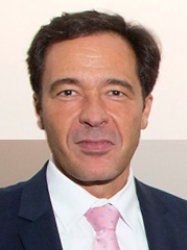BibTex format
@article{Aleiferis:2015:10.1007/s10494-015-9605-5,
author = {Aleiferis, PG and van, Romunde ZR and Larson, G and Lawes, M and Sheppard, CGW},
doi = {10.1007/s10494-015-9605-5},
journal = {Flow, Turbulence and Combustion},
pages = {29--60},
title = {On the Effect of Ambient Turbulence and Thermodynamic Conditions on Fuel Spray Development for Direct-Injection Spark-Ignition Engines},
url = {http://dx.doi.org/10.1007/s10494-015-9605-5},
volume = {95},
year = {2015}
}

